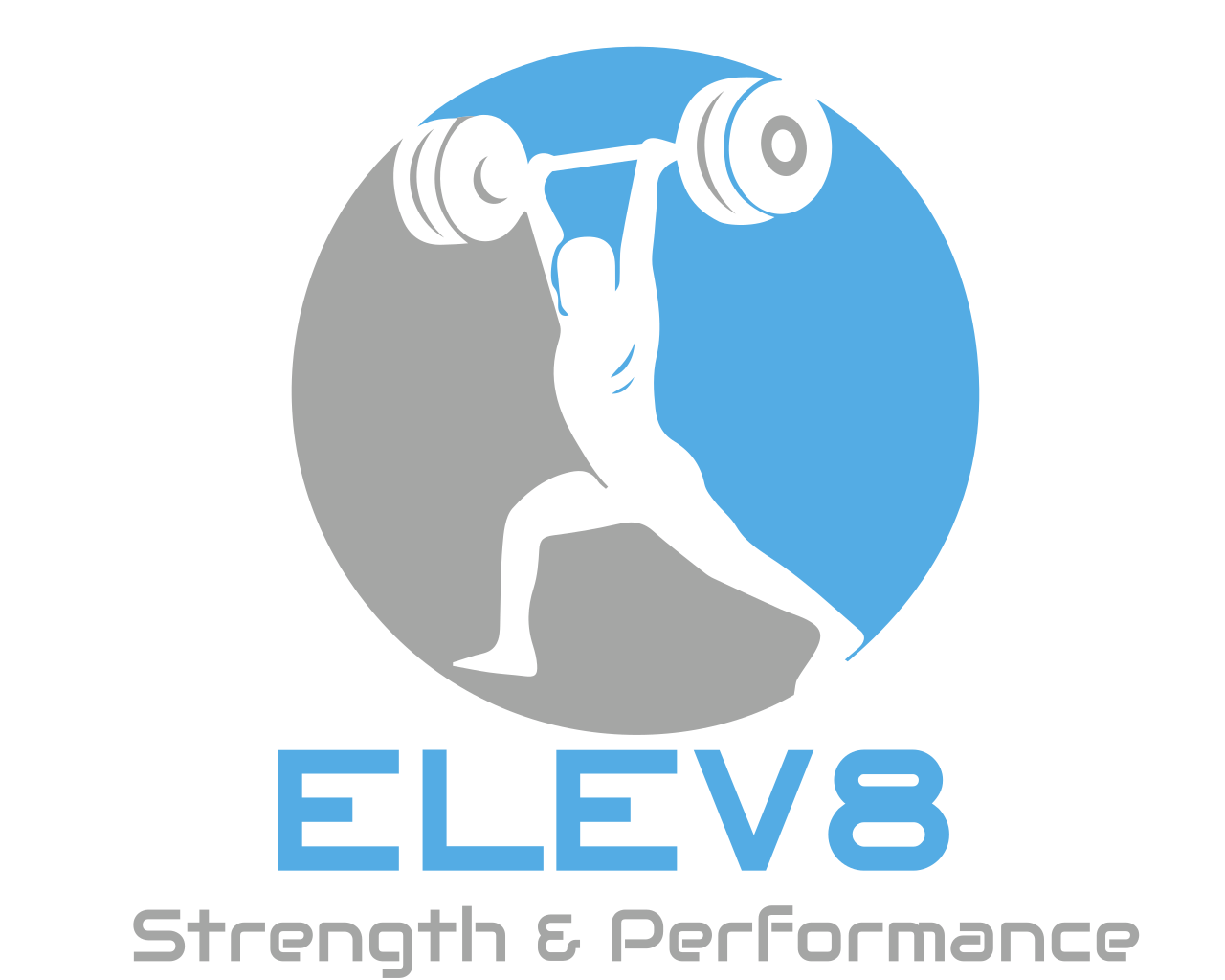Are you choosing intensity over consistency?
There’s a problem with confusing CONSISTENCY and INTENSITY.
Whether it is the weight room, football practice, all-you-can-eat buffets or a major life purchase like a house or car, Americans love to live by the adage “MORE is BETTER.” While it may hold true in some cases, such as athletes wanting to have to most yards and be the leading receiver for their team or lift the most weight to win a gold medal at the Olympics, it certainly does not in others.
All too often, athletes confuse consistency in their training with intensity or simply don’t know the difference. It’s not their fault, as an athlete I had no clue either. I wanted to work the hardest and be the best. The notion of going completely balls to the wall in the weight room or you are weak and soft is prevalent in most high school weight rooms you’ll walk in to.
Stress on stress on stress
High school athletes will wake up earlier than their developing bodies are ready to, struggle through the stress of school, relationships and friends throughout the day while under-nourishing themselves, only to go all out for a three hour practice followed by a “killer” lifting session. By the end of the day, they have reached a point of fatigue that they cannot recover from the next day when they do it all again.
Coach Travis Mash has a great quote regarding the training of Olympic weightlifters, essentially that the athlete who can stay healthiest the longest will win. He has his eye on the long game, choosing consistency over intensity in the planning of his lifters’ training.
It got me thinking. What if, as a strength coach, I was inhibiting my athlete’s success by pushing them too hard for the sake of my own resume?
Sure, it looks great to increase someone’s vertical 8 inches in 8 weeks or whatever claims are out there on Instagram, but that 8 week program is not a magic pill. Anyone can kill an athlete with volume and intensity for 8 weeks, and especially in the high school population, have that athlete adapt and progress.
What happens after that 8 weeks, however? Does the athlete go back to sitting on the couch eating Dorito’s and sacrificing all that progress? Do they keep training at that breakneck pace & eventually injure themselves, because the 8 weeks of over-reaching stimulus maladapted into a chronic state of overtraining? In either case, the situation is not ideal because the consistency was not there, and the effort to make up for the lack in consistency was misguidedly placed in intensity.
It happens all the time.
I remember training for lacrosse season in my high school days. Not knowing then what I know now, it was easy to confuse consistency and intensity. A lot of us played on travel teams or another sport in the winter, so we came into the spring in relatively good conditioning. However, our very first day of organized team training was a 2-mile run, followed with intense sprints and speed work. The next day one of the team dads oversaw our weight room, and I remember doing sets of squats with 135 to absolute failure. I got 38 reps. The next day was right back on the track, and so on.
This combined with the fact that it took place for a single 4-week block before our season began, begins to illustrate my argument. A lot of my teammates’ (and heck, my own) bodies were not prepared for the workload thrown at them on day 1. In hindsight, it’s no wonder we were riddled with soft tissue injuries and guys missing sessions and practices for aches and pains. We lacked consistency and replaced it with an all-out dash to get the guys “ready to go” within a month of our competitive season.
Had we been more intelligent about our strength and conditioning, this would have begun 12, 16 or even 20 weeks beforehand. I understand logistical issues arise when athletes play multiple sports across seasons, but I am of the firm belief that you should be strength training year-round. To think back on it, I get frustrated with myself at what could have been. Had I invested in a good strength coach, I could have been a much stronger, faster player without sustaining some of the injuries that made me miss time and ultimately, cost me my career.
What does this mean for you?
Strength training is not about being sore, chasing numbers, or getting a “pump.” We do what we do to help you, the athlete, succeed on your chosen field of play. In an industry where your success is our success, however, it is easy for coaches to sometimes forget that the best solution for YOU is not the sexy one that will get them lots of likes on Instagram.
Hire a coach that cares about you as an individual. I know that sounds cheesy, but if I train a stud athlete for 8 weeks and a guy who’s barely making the team for 2 straight years, I know which one will be the better athlete at the end of it.
Strength training and athletic development is a patient person’s game. Sustained small success over time leads to greater change than one or two flashes in the pan, like my lacrosse “preseason” was.
If you genuinely want to get stronger, get faster, stay healthier and at the end, dominate your sport, choose the long game. Look ahead and trust the process. If you aren’t sore after a workout, that is OK. Stack small wins instead of chasing the big numbers this instant.
Stay consistent.
